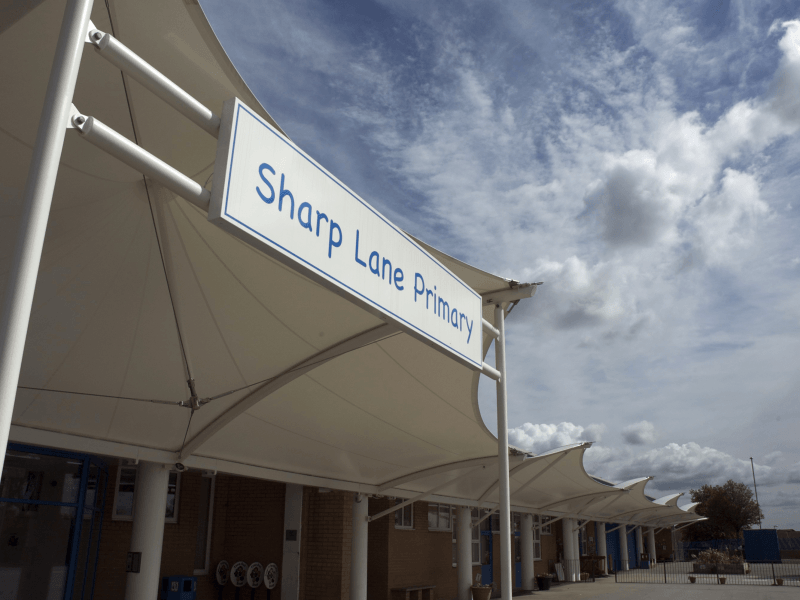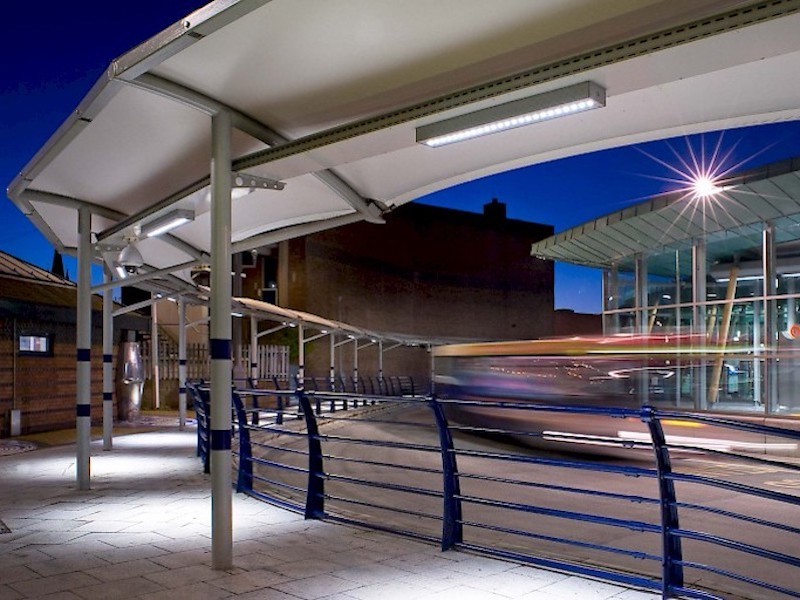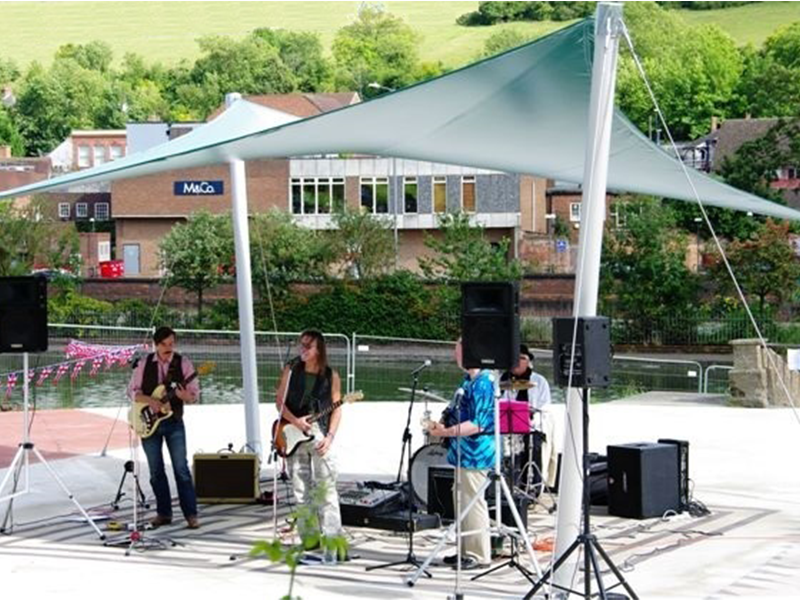
Canopies for Schools Using Tensile Fabric Sails
In today's educational landscape, schools constantly seek innovative ways to enhance learning environments. Architects and designers increasingly turn to tensile fabric sails as a modern architectural solution to create dynamic, versatile, and sustainable spaces. Tensile fabric canopies offer solutions to various architectural and environmental challenges faced by schools today.
J & J Carter are at the forefront of this architectural revolution and leverages the unique properties of tensile fabric canopies to enhance outdoor learning areas, play spaces, and communal zones. These spaces are reimagined as inspirational settings that support education and promote well-being.

The Innovation of Tensile Fabric Canopies
Tensile fabric sails are structures made from lightweight and durable materials. They consist of high-strength and flexible membranes that are tensioned between multiple points to create captivating three-dimensional forms. This innovative approach allows schools to adopt canopies for a range of uses, from enhancing outdoor classrooms to providing sheltered recreational areas.
Advantages of Tensile Fabric Sails in School Architecture
1. Improved Outdoor Learning: Incorporating tensile fabric canopies in schools extends the classroom outdoors, offering students a change of scenery that can boost concentration and creativity. These shaded areas provide comfortable environments for reading, discussions, and hands-on learning activities, promoting an appreciation for the natural world.
2. Increasing Physical Activity and Recreation: Beyond the educational benefits, tensile fabric canopies create inviting recreational spaces. They protect from harmful UV rays, heatstroke, and rain, ensuring outdoor play areas are accessible in various weather conditions. This encourages physical activity and social interaction among students, essential components of a well-rounded education.
3. Environmental Impact: Tensile fabric canopies contribute to a school's sustainability goals. Reducing the need for artificial lighting and air conditioning in outdoor spaces lowers energy consumption and promotes eco-friendly school grounds. The materials used are often recyclable, further minimising the environmental footprint.
4. Visual Identity and Community: Architecturally striking, tensile fabric sails can become a signature feature of a school's identity. They offer a visually appealing and recognisable landmark that can foster a sense of pride and belonging among students and staff. Furthermore, these spaces can serve as a hub for community events, strengthening the connection between the school and its wider community.
Design Considerations when Choosing a Shade Sail
Implementing shade sails in school design requires careful consideration to ensure they meet the specific needs of the educational community.
Key factors include:
1. Location and Orientation: Placement is crucial to maximising shade, minimising disruption to existing structures, and enhancing the space's usability throughout the day and year.
2. Material Selection: The choice of fabric should balance translucency for natural light with durability and ease of maintenance. Advanced fabrics can offer additional benefits such as air purification and noise reduction.
3. Safety and Accessibility: Designs must adhere to safety standards, providing stable, secure structures that are accessible to all students, including those with disabilities.
4. Customisation: Canopies should reflect the school's ethos and aesthetic, with opportunities for customisation in shape, colour, and design to align with the institution's visual identity.
Transforming Educational Landscapes
Tensile fabric canopies are more than just architectural features; they propel educational innovation and community engagement. Schools can create environments that inspire learning, foster social connections, and promote well-being among students and staff by reimagining outdoor spaces. As we look to the future of educational architecture, tensile fabric sails' flexibility, sustainability, and aesthetic appeal position them as an integral component of school design, capable of meeting the evolving needs of learners and educators alike.
Explore how J & J Carter can transform your school outdoor space with tensile fabric structures. Contact us today to learn more about our shade sail solutions and start reimagining the educational environment for a brighter future.


